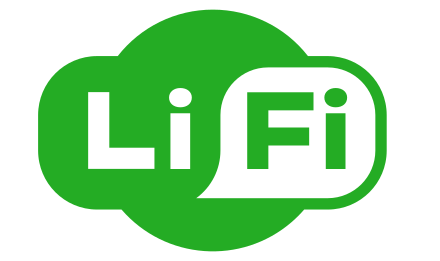
Say Goodbye to Wi-Fi: Introducing Faster and More Secure Li-Fi
In a world where technology is constantly evolving, Wi-Fi may soon become a thing of the past. The IEEE standards body, responsible for overseeing Wi-Fi, has recently introduced the IEEE 802.11bb light communications standard, paving the way for the emergence of Li-Fi technology.
Li-Fi (also written as LiFi) is a wireless communication technology which utilizes light to transmit data and position between devices.

Unlike traditional wireless network signals, Li-Fi utilizes invisible infrared light to provide light-based wireless optical connectivity that can achieve speeds up to 100 times faster than Wi-Fi.
One of the major advantages of Li-Fi is its ability to deliver signals free from radio interference. Additionally, Li-Fi boasts better security measures, reducing the risk of signal leakage through walls. Companies like Signify and pureLiFi have already developed competing standards and products that meet the 802.11bb requirements. PureLiFi’s Light Antenna One, a module that can be integrated into smartphones, claims to deliver data speeds exceeding 1Gbps, although its range is limited to devices within 10 feet and has a restricted 24-degree field of view.
Li-Fi’s potential extends beyond just speed. The technology can be easily installed in light fixtures commonly used in offices, offering better coverage and connectivity. It holds particular promise for applications such as Augmented Reality, Virtual Reality, and gaming devices, where fast and reliable connections are crucial. In addition to faster download speeds, Li-Fi also promises low latencies, further enhancing the user experience.
As Li-Fi continues to develop and improve, it may eventually become as familiar to us as Wi-Fi is today. With its faster speeds, improved security, and wide range of applications, Li-Fi has the potential to revolutionize wireless connectivity in the coming years.
Source: Sols Tech







